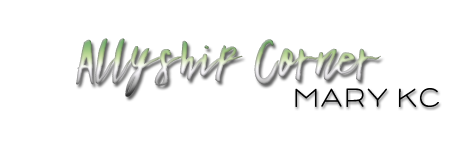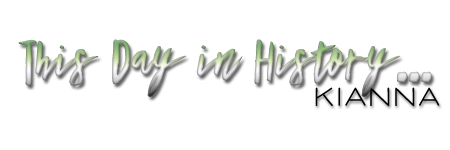Welcome back to another issue of Allyship Corner! Celebrities are people in the public that showcase their different talents through acting, singing, dancing, and many more forms of entertainment. They also become role models for various niches. People look up to them, some wanting to become them, and some wanting to find pieces of themselves in them. In this month's theme, I want to talk about a few celebrities who aren't necessarily part of the LGBTQIA community but are our allies. They have made an effort to support the community by shedding more light on their struggles and standing by the community.
First on this list is none other than Taylor Swift. She acknowledges her lack of advocacy for LGBTQIA rights in the past years. Taylor has been criticized for her lack of political opinion when she refused to say who she would elect in the 2016 U.S. Presidential Elections. In August 2019, she released her seventh album, Lover. In her "You Need To Calm Down" music video, she showcased queer celebrities and also encouraged her fans, the Swifties, to sign a petition in support of the Equality Act to protect LGBTQIA people from discrimination in their places of work, homes, schools, and other public accommodations. Since then, she has been publicly supporting and standing by the LGBTQIA community.
Next on this list is Hugh Jackman. In a 2019 concert, he proudly said, "I'm an A. That's an A for an ally." He has also auctioned his costume from The River play and donated the proceeds to the nonprofit Broadway Cares/Equity Fights AIDS.
Thirdly is the iconic Anne Hathaway. After her older brother came out as gay, her family converted from Catholicism to Episcopalianism. In 2011, when asked about why she converted, Hathaway questioned why she should be supporting an organization, Catholicism, that has a limited view of her brother.
Benedict Cumberbatch has strong beliefs that people should be able to love who they want to love. He said in an interview in 2014 that he would fight with the LGBTQIA community to death.
The last one on this list is Daniel Radcliffe. He has been working with The Trevor Project since 2009. The Trevor Project is a suicide prevention and support group for LGBTQIA teens.
There are many more celebrities who, in their ways, have supported the LGBTQIA community. Whether it be in smaller or bigger means, it is incredible to see people in the public who support the community without necessarily being a part of it. We hope to see more influential people shed light on people's hardships and help them to stand strong and fight with them until the end.
Thank you for reading this month's issue and we'll see you all in the next one!

